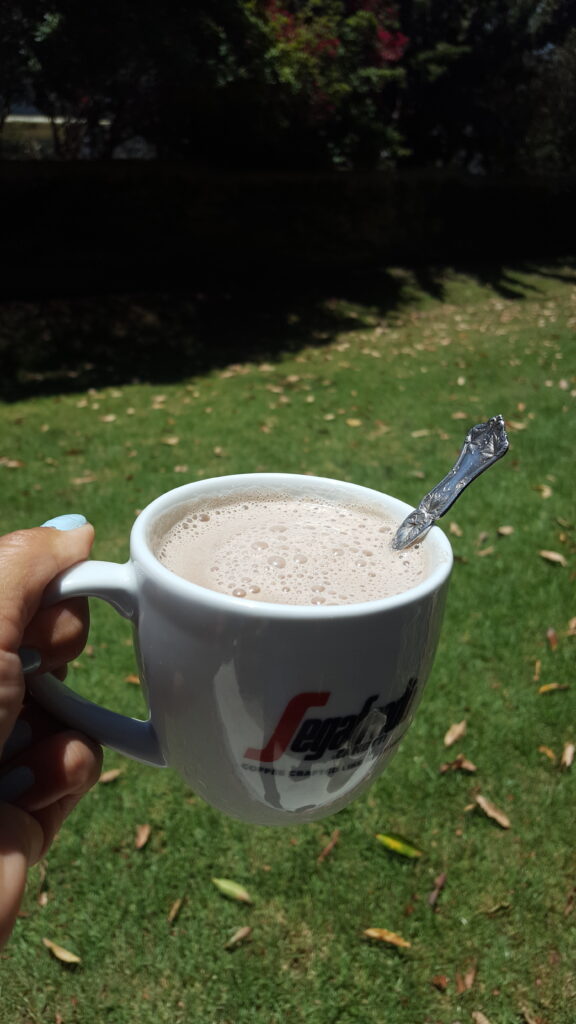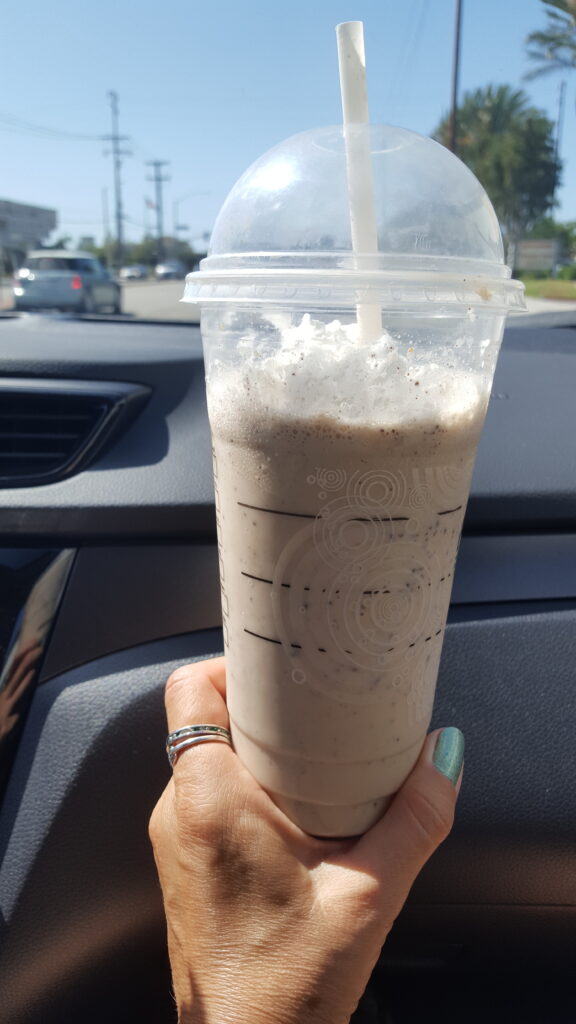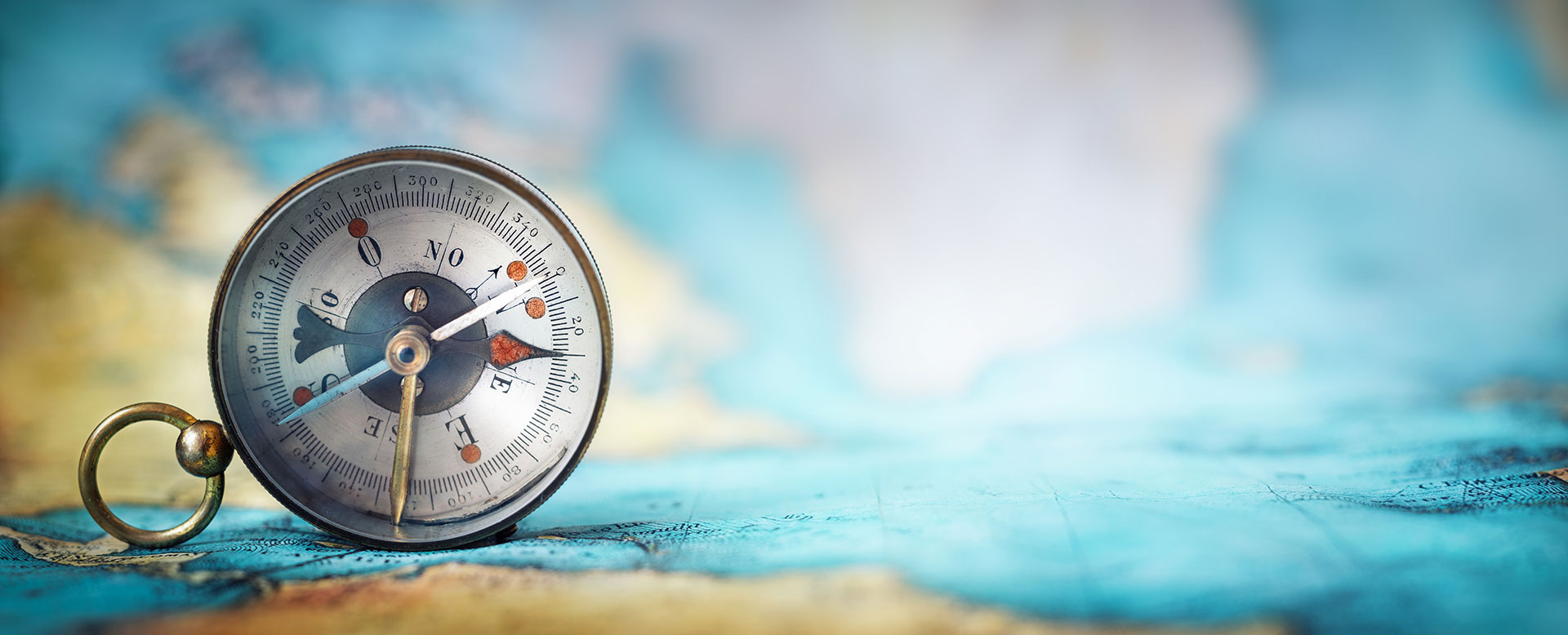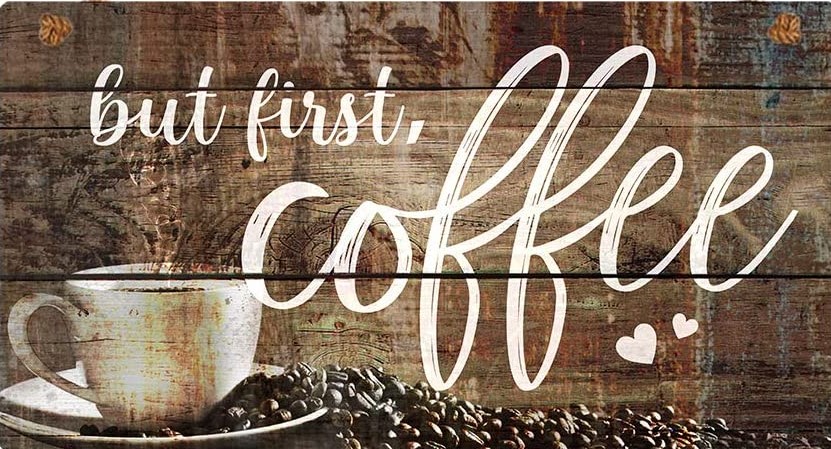
July 13, 2022
Coffee habits in different parts of the world – part 2
The culture of drinking coffee in the world is incredibly rich and black coffee can come in various forms depending on the country. Regardless of where you plan to go, it is worth paying attention to this important element of everyday life in a given country. We must remember that drinking coffee is a ritual, and the way it is served says a lot about our character and habits. It is also an important part of any trip.
Coffee on the go or at the table? Black or with milk? From a cup, bowl or paper cup? Each country has its own traditions and habits. What happens in Italy, what does drinking coffee “in French” look like, how do Americans treat coffee and how do the Turks?
Poland
Many Poles can’t imagine a day without a cup of a bold espresso or velvety cappuccino.
Coffee officially came to Poland in the 17th century from Moldova. People were skeptical and considered it a harmful and distasteful product. Even Wacław Potocki condemned it, but on the other hand, Jan III Sobieski was its supporter. Coffee became a very fashionable commodity in Poland at the turn of the 17th and 18th centuries. Especially in Gdańsk, where the first cafes called kafehaus were established. It was then that the belief that coffee has a positive effect on diseases of the digestive system was born. Famous magazines such as “Patriota Polski” or “Monitor” contributed to the promotion of coffee.
From the very beginning, coffee was drunk in Poland without any additives. Over time, milk, sugar and even salt were added. At the end of the 18th century, Polish strong coffee, with the addition of high-quality fatty cream, was appreciated by many foreigners. However, it was a drink still considered a product for the upper class, and less affluent Poles used grain coffee more often. The first factory of such coffee was established in 1818 in Włocławek.
The cafe business was constantly developing, and in 1844 there were already 180 coffee places in Warsaw. At that time, cafes competed with pastry shops, and in the 19th century they turned into a kind of clubs. Until the end of the 19th century, only raw coffee was bought in Poland, which was then roasted at home. Special machines were used for this or simply roasted in a frying pan, but the results did not impress anyone, so the services of the cafe were used more often. Much changed in 1882, when Tadeusz Tarasiewicz opened the “Pluto” coffee roasting plant. However, it took a long time for Poles to get convinced to roasted coffee, which was more expensive than raw coffee.
The Second World War mixed up a lot in the traditions of Poles. They were forced to return to home methods of obtaining coffee, i.e. roasting in a pan. There was so little of it that sometimes people were forced to prepare a drink from roasted acorns. After the war, there was still a large shortage of coffee, and only in 1964 the pre-war import volumes were exceeded. Coffee has become an important element of office work, and in Warsaw there is even a provision to start the work day with coffee at 6:00am.
Poles’ great respect for coffee is also associated with the times of the previous regime, when it was not available to everyone. It then became a luxury product, and Poles treated coffee as a way to get a name day gift or sometimes as a means of payment. A very popular way to drink coffee, which is still nowadays found in Polish homes, was the so-called “Turkish coffee”. It was just pouring hot water over ground coffee.
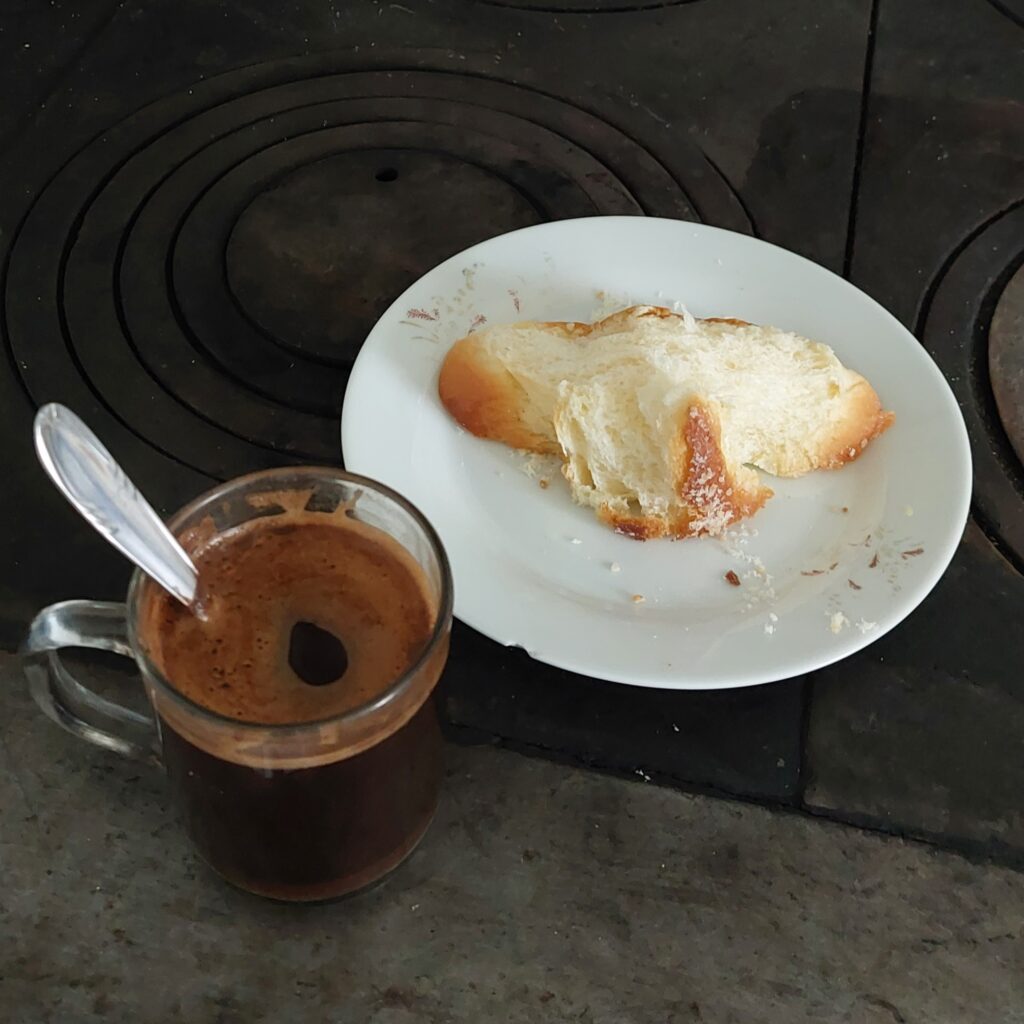
Saudi Arabia
Saudi Arabia has made coffee drinking a ceremony. A hug, a kiss on the cheek. The cup of coffee should be held only in the right hand and the coffee is served to the oldest people first.
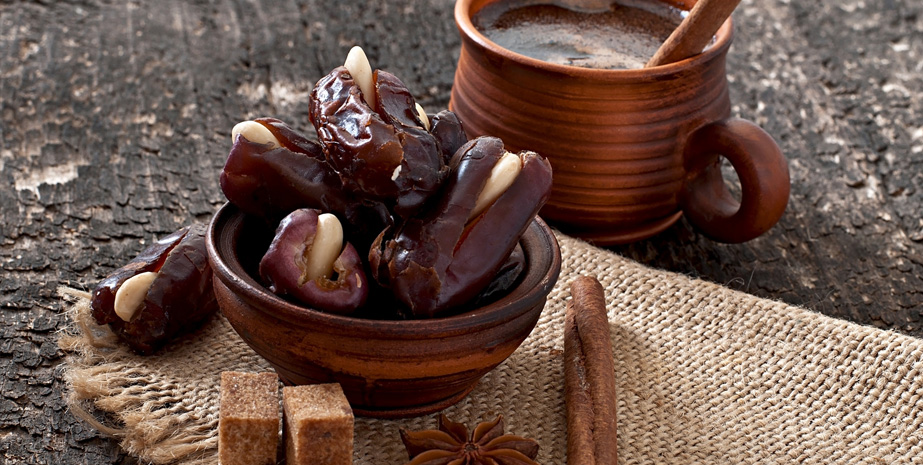
Ethiopia
The Ethiopian coffee ceremony is a symbol of hospitality, friendship and mutual respect. It is an obligatory element of ceremonial meetings and it is organized regardless of the time of the day. If you are invited to it, you have to be patient. The ceremony lasts for several hours. After roasting and grinding the green beans, the coffee prepared in a special teapot is usually served by a woman dressed in a traditional white robe with colorful ornaments.
The drink is poured into cups in a very thin and long stream from a height of several dozen centimeters. The youngest child invites the guests and serves the cups one by one, based on gender and age. The oldest man receives it first. Importantly, you always prepare one portion more than needed and leave it in the cup. Coffee in Ethiopia is most often served with a lot of sugar, but in the countryside it is also drunk with salt.
In traditional communities, the ritual is performed three times a day and each of them has a separate name – the first, morning round is Abol, afternoon is called South Ton and the evening Baraka.
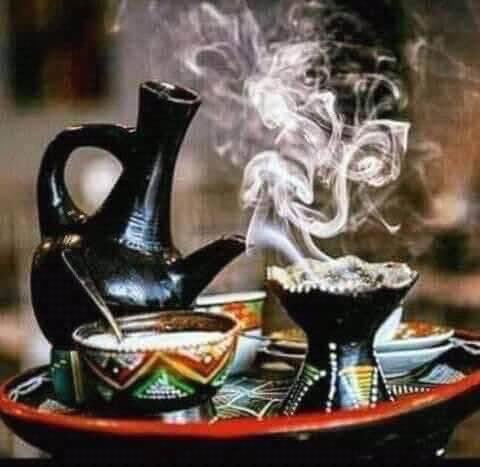
Morocco
Coffee prepared in a metal jug called Delah or a crucible has a characteristic flavor of oriental spices in Morocco.
Cardamom, cinnamon and mint are added to it during cooking and then served to the guests in a specific way. The host is holding the guest’s cup in his right hand and a coffee pot in the left hand.
First, she pours a small amount of coffee for herself and tries it to make sure she serves the perfect tasting drink. Then she refills the other dishes and finally refills her own cup. The host hands a cup to each guest directly from hand to hand. The order in which the coffees are served is dictated by the age, degree, and sometimes also the gender of the guests.
Most often, a dish with rose water or water with orange blossom oil is left on the table, so that guests can add a few drops to their drink to emphasize the taste of coffee. This solution is definitely more common than milk popular in other countries.
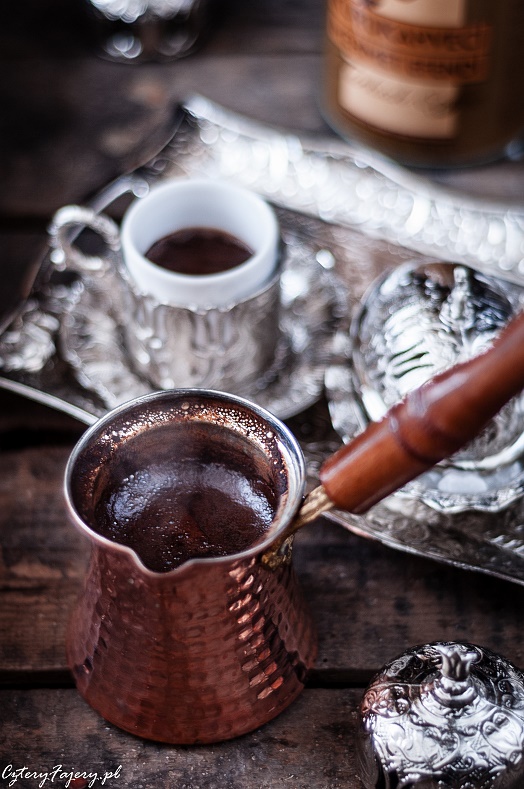
Turkey
The tradition of drinking coffee in Turkey is almost five hundred years old. The beans were brought from Yemen, the inhabitants of the country quickly liked the caffeine infusion, which then came from here to Europe.
In Turkey, coffee is a dessert after a meal and it reflects the Turks’ love of sweetness. Coffee should be black as hell, strong as death, and sweet as love. This is the famous Turkish proverb. If you like coffee without sugar, you have to say it beforehand, because in Turkey the combination of coffee and sugar is natural.
Coffee is prepared in a special pot in which a mixture of ground grains and sugar with water is boiled three times, each time removing the vessel from the fire after bringing the liquid to the boil.
Drinking coffee in Turkey is accompanied by a specific ritual. When serving it, it should first be served to the most respected person. It can be, for example, the elder of the family or the highest-ranking official. It is also important that it is a very bad habit to give someone a cup filled to the brim. This behavior may be taken as a sign of reluctance. For this reason, coffee is served in a cup that is only half full.
There are many folk customs associated with drinking coffee in Turkey, which are still celebrated today. They have a lot of charm, especially for those who meet them for the first time. Coffee is consumed, for example, during a folk engagement. The future bride prepares it for the future groom and his family. The drink is served first to the eldest family members, and finally to the future groom. The fiancée sprinkles salt and pepper into the boy’s cup – if the man drinks everything, it means that he is devoted to her completely.
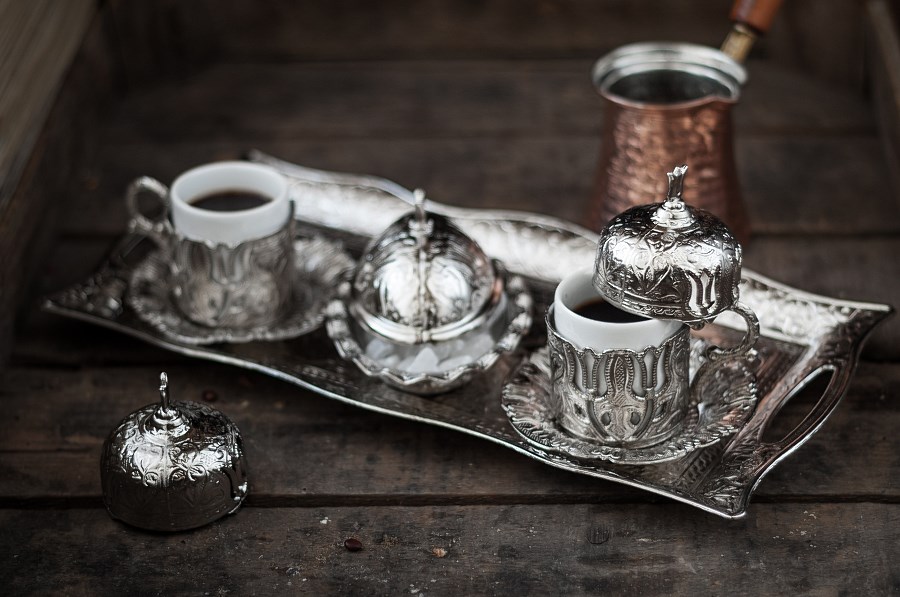
Italy
Sunny Italy is famous for the best, deeply velvety coffee. The most popular type of coffee that Italians drik all day long is a strong espresso, which is usually drunk standing at the bar. This is related to the price differentiation in Italian bars. It may surprise travelers that the cost of coffee depends on whether it is consumed at a table or at a bar.
Italians like milk coffees, but only drink them in the morning. It is said that one can tell the tourist in Italy precisely by ordering a cappuccino after 11 o’clock. Other, equally popular coffee varieties, are latte macchiato and cappuccino. A hint – by ordering the latte only, you will get milk.
The tradition of drinking Italian espresso goes back to the beginning of the 20th century. It was in Italy that the first small, strong coffee machine designed by Luigi Bezzera was created. Improved over decades, it has become an inseparable part of Italians’ life. Currently, it is estimated that Italians drink 9 billion cups of black drink a year in a small, warmed cup. A mistake often made in the pronunciation of “espresso” leads to the erroneous conclusion that the name of the coffee comes from the speed of its preparation. In fact, however, it alludes to the expressiveness of the taste.
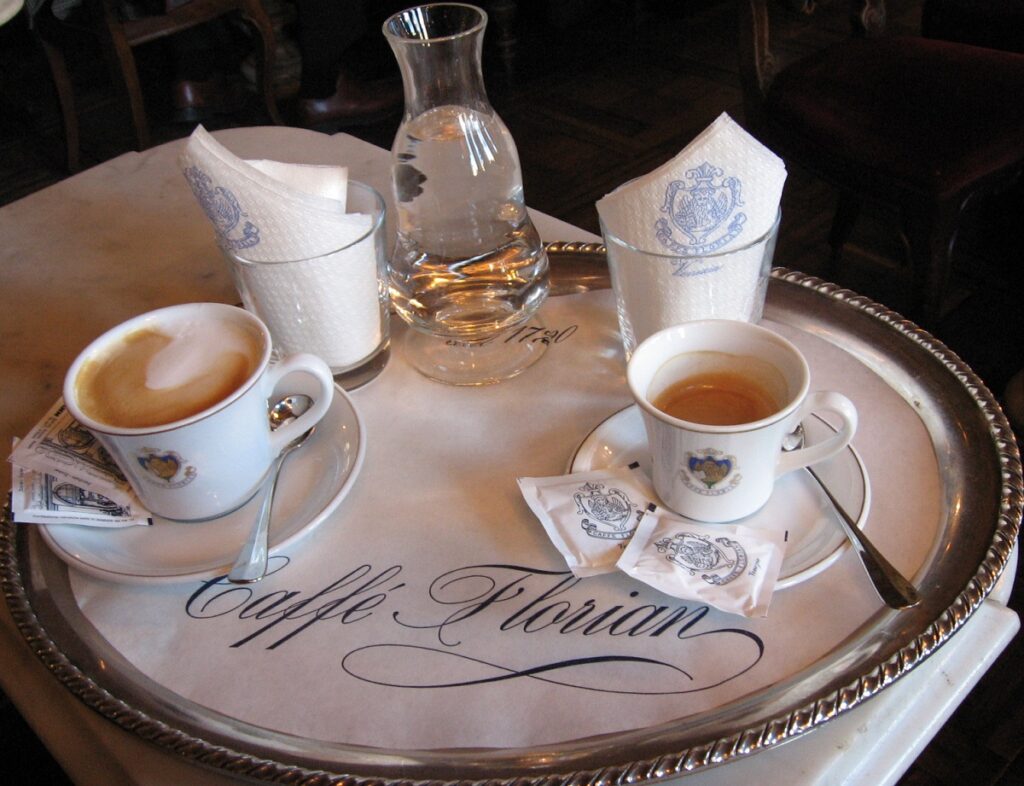
France
The French start their day with cafe au lait, coffee with hot milk, served in a large, wide-brimmed mug to soak a piece of baguette or croissant in it.
When ordering coffee in Paris, it is worth paying attention to the price, as it varies depending on where you intend to eat – to take away, in a cafe or outside.
In France, coffee is also drunk in the afternoon as dessert. Cafe liegois is coffee served with vanilla ice cream and cream, and cafe fouette is a drink with rum, whipped cream and grated chocolate.
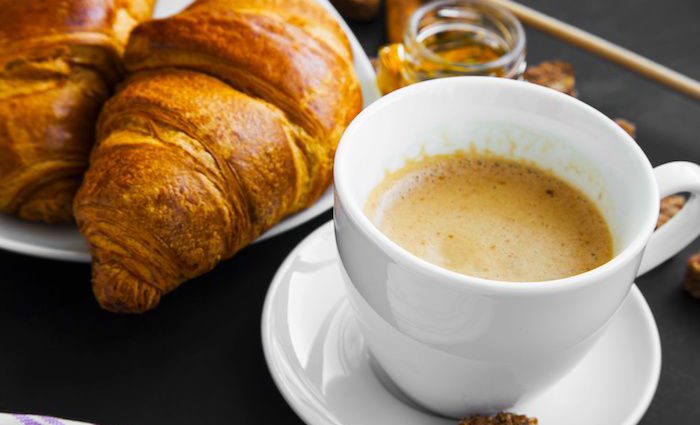
The Netherlands
Coffee and cafes are an integral part of Dutch culture. In the Netherlands, coffee is traditionally brewed by filtration. When ordering coffee in the Netherlands, you will receive an infusion of medium roasted coffee beans, served on a tray that contains a pot of coffee, a pot of cream, a little sugar and a glass of cold water.
The traditional form is kaffe, which is a cup of black coffee served with a cookie. There are no special rituals around it, and its taste can be enjoyed all day long.

Great Britain
It used to be famous for very good cafes, where coffee was served with almost everything. These were additives in the form of wine, beer, butter and spices. Particular care was taken in the habit of serving coffee. That changed in the 1950s, when the popularity wave of coffee bars serving espresso came from Italy.
Currently, coffee in the UK is usually a weak and watery liquid, often prepared in an express manner. You can buy it in disposable bags and prepare it like a tea.
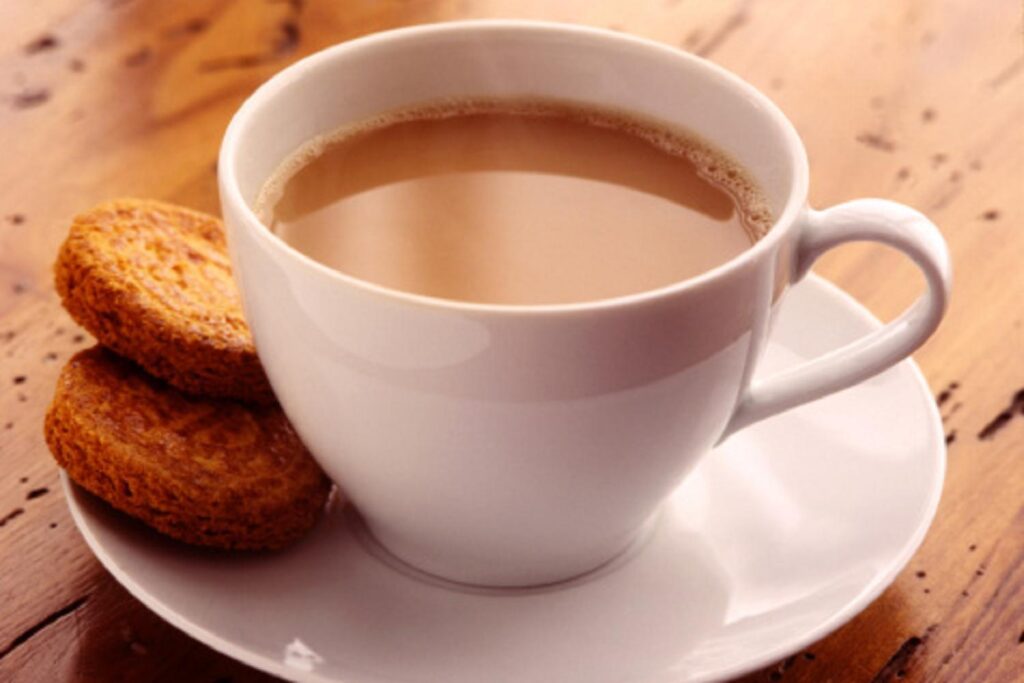
Ireland
The taste and aroma of Irish coffee allowed it to survive until today and gain popularity all over the world. Black coffee is only the basis of the drink here. Its essence are additives – good quality Irish whiskey, thick whipped cream and cane sugar. The invention of Irish coffee is credited to Joseph Sheridan, who deigned such a warming mix of plane passengers traversing the Atlantic Ocean. The idea appealed to one of the travelers – Stanton Delaplane, who managed to introduce it to the permanent menu of a San Francisco café in the 1950s.
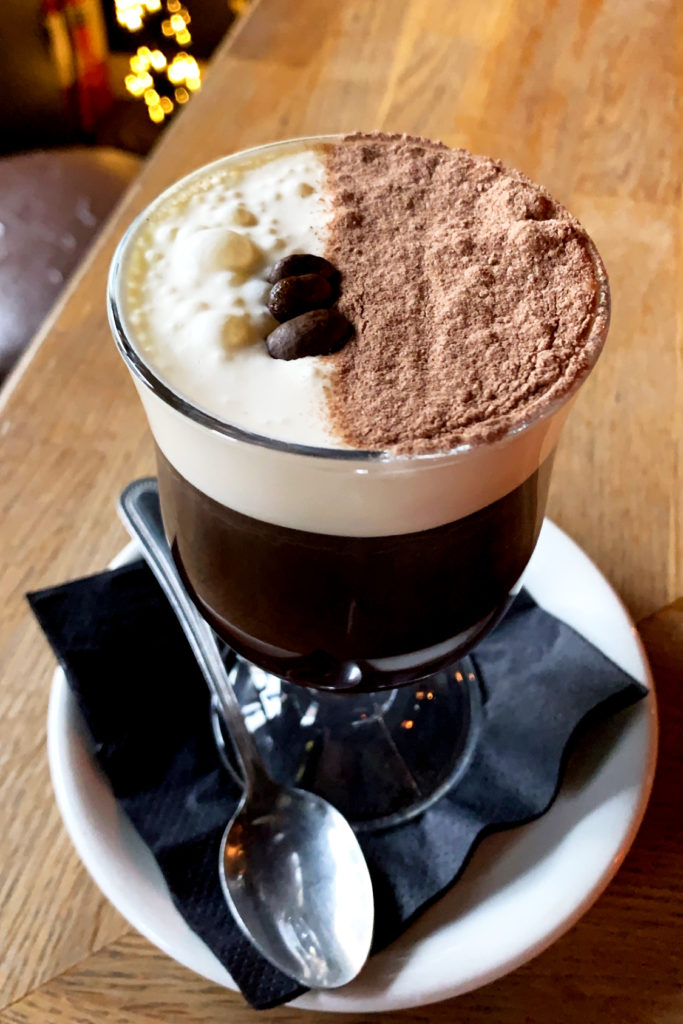
Germany
The country became famous especially for the ban on drinking coffee, which was imposed by Frederick the Great. He forbade the population to drink coffee, the prohibition was held in force until the time of capitalism, when afternoon coffee meetings called kaffeeklatsch had their origins.
This custom was initiated by ladies from high society who met in this drink to share the latest rumors. The Germans serve coffee by filtering it by adding condensed milk or cream from a can. For coffee, you must eat sweets there, for which Germany is famous all over the world. The most popular coffee snack is the schwarzwaldtorte, the most famous German dessert, combining a chocolate sponge cake with whipped cream and cherries.
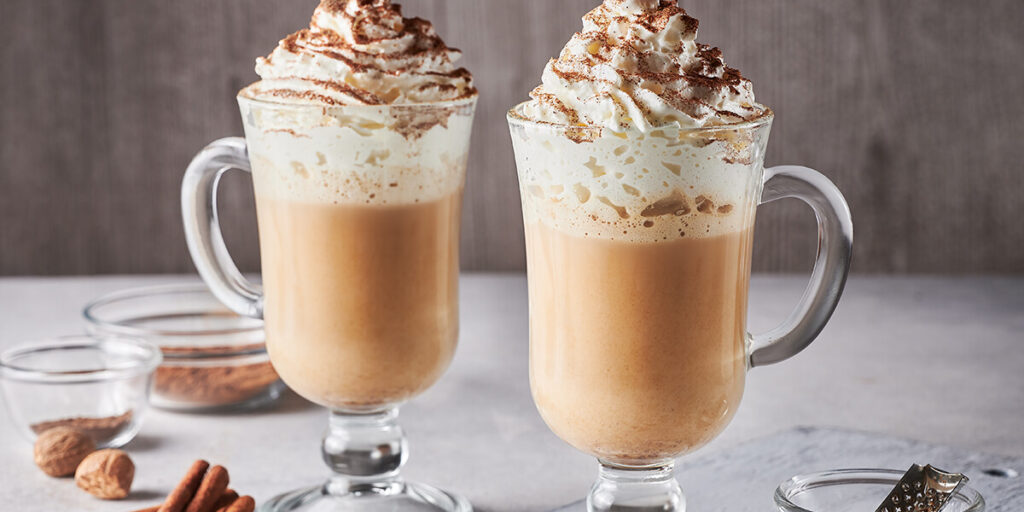
Greece
The Greek specialty – frappe ¬– arose relatively recently, in the times of instant coffee. The method of its preparation is extremely simple. Well-chilled instant coffee is mixed with ice, sugar and condensed milk.
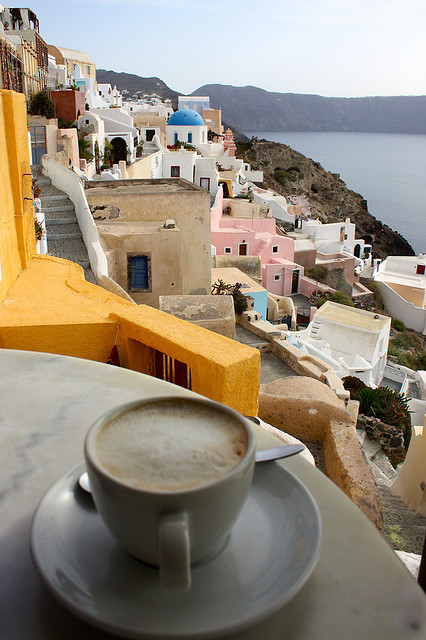
Sweden
Fika is the Swedish equivalent of the English “five o’clock”. Swedes spend 15 minutes over a cup of hot coffee and an equally hot cinnamon and coarse sugar bun.
In many Swedish companies, fika is a formal time, independent of a break from work or a lunch break. It is to serve not only drinking coffee alone, but also strengthening ties and conducting casual conversations between employees of various departments.
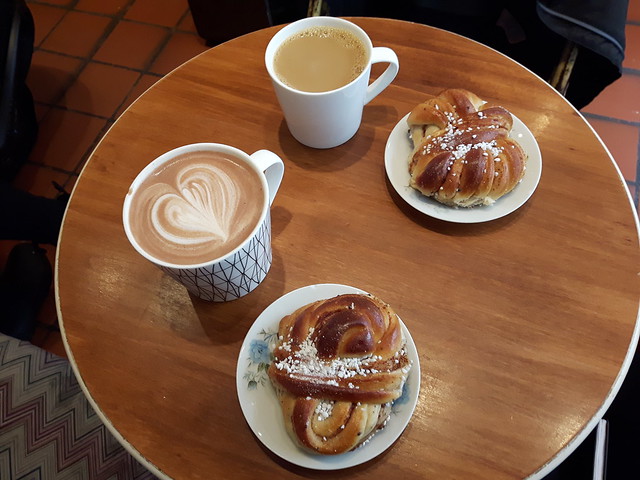
Finland
One of the most famous recipes for coffee in Finnish is quite intriguing. It is served with a piece of fish skin. It is supposed to add clarity to the coffee. It is prepared as follows. Brew the coffee in a jug and then add a piece of fish skin to it. Before serving coffee, remove the skin from it, pour the coffee into another vessel and serve with sugar, milk or cream.
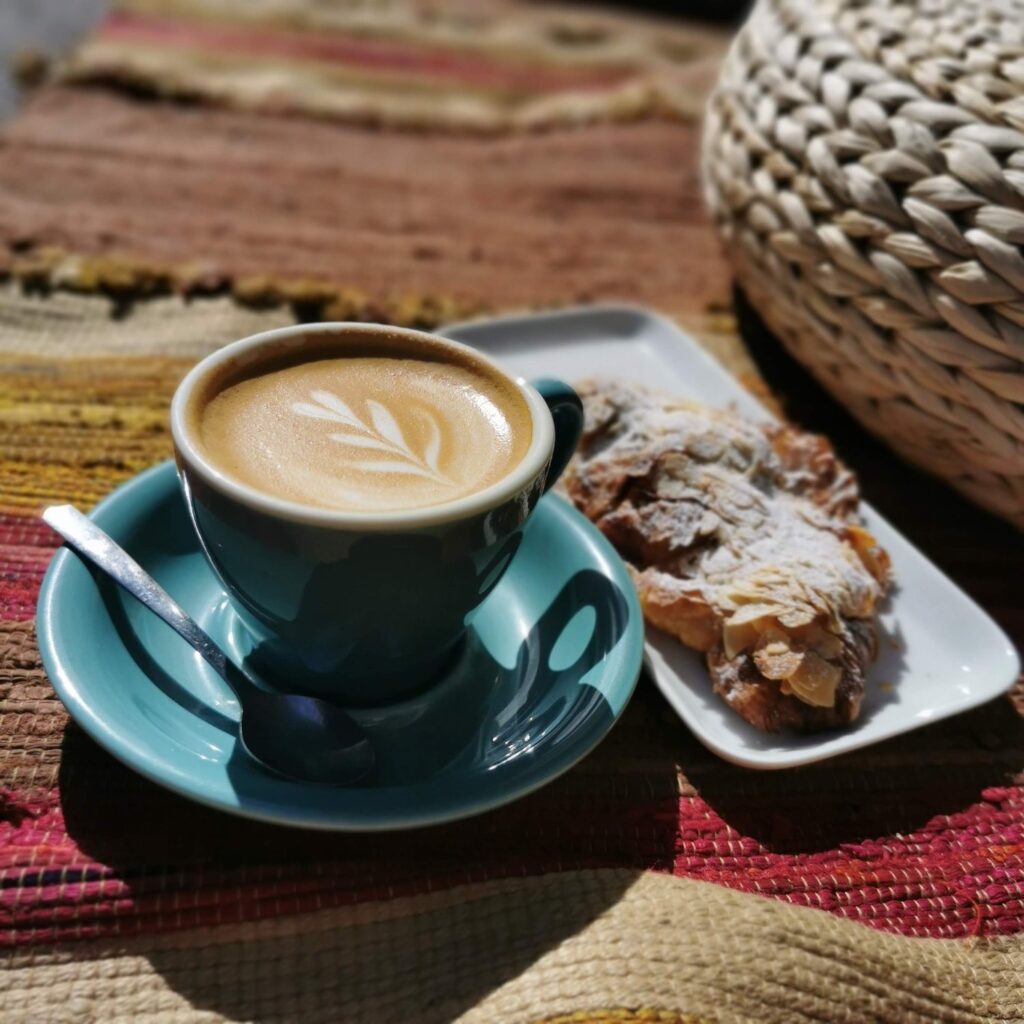
United States
A day without coffee is a wasted day – this is the motto of America. Annually, Americans drink 146 billion cups of coffee. Residents of the United States drink either standing weak coffee or hot black coffee from the espresso machine with various additives. Coffee is often supplemented with caloric additives such as whipped cream, caramel or flavored syrups.
Americans do not celebrate drinking this drink, they consume it on the go. Here, coffee is drunk in great quantities, in a hurry and in cardboard cups.
The most famous chain of coffee shops – Starbucks, which is now known all over the world, also comes from America.
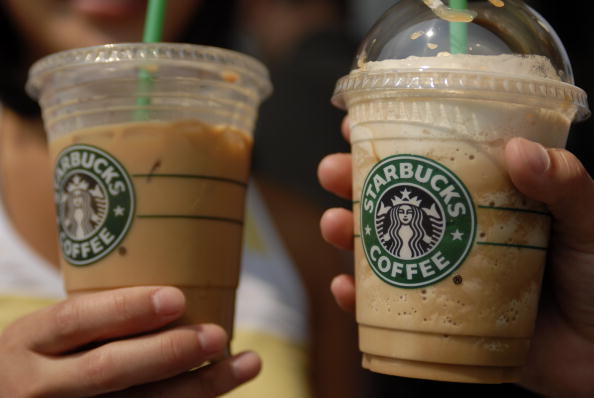
Brazil
Brazil is famous as one of the world’s largest coffee exporters and producers.
In Brazil, morning coffee is cafe au lait, consisting of half and half milk with a teaspoon of sugar. Afternoon coffee is caffeizinho. It resembles an espresso, but is prepared differently. This coffee is brewed by boiling the beans in water with sugar for a long time, and then filtering it through a cotton strainer. You can buy the drink not only in cafes, but also on the streets, where it is poured by street vendors straight from the thermos.
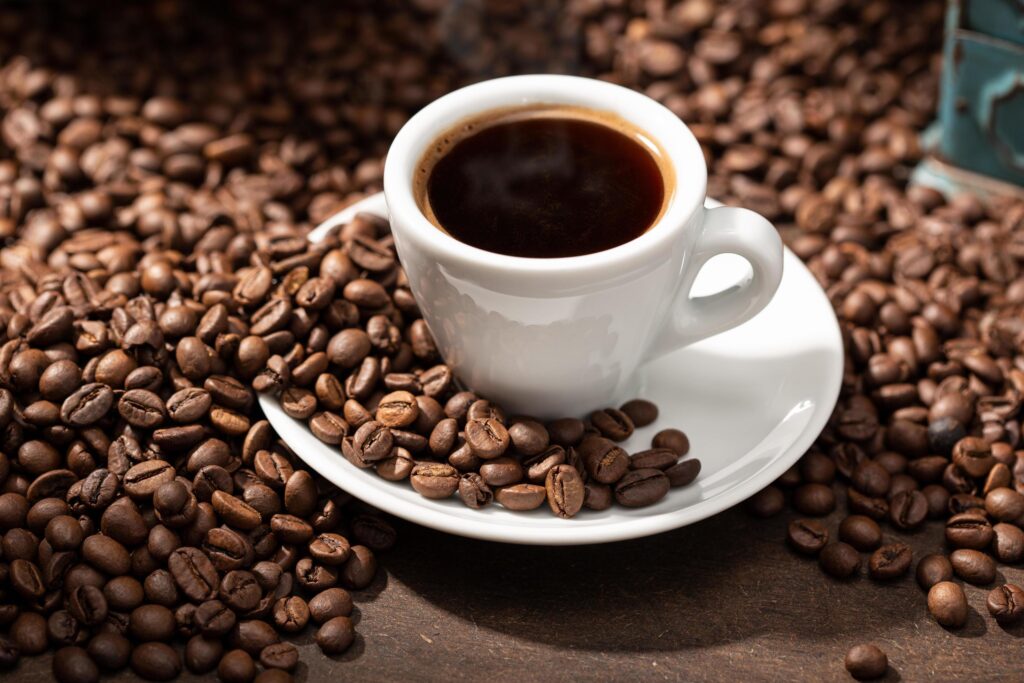
Cuba
Cuba is dominated by Cuban espresso called Cafe Cubano. Coffee is immediately brewed there with sugar.
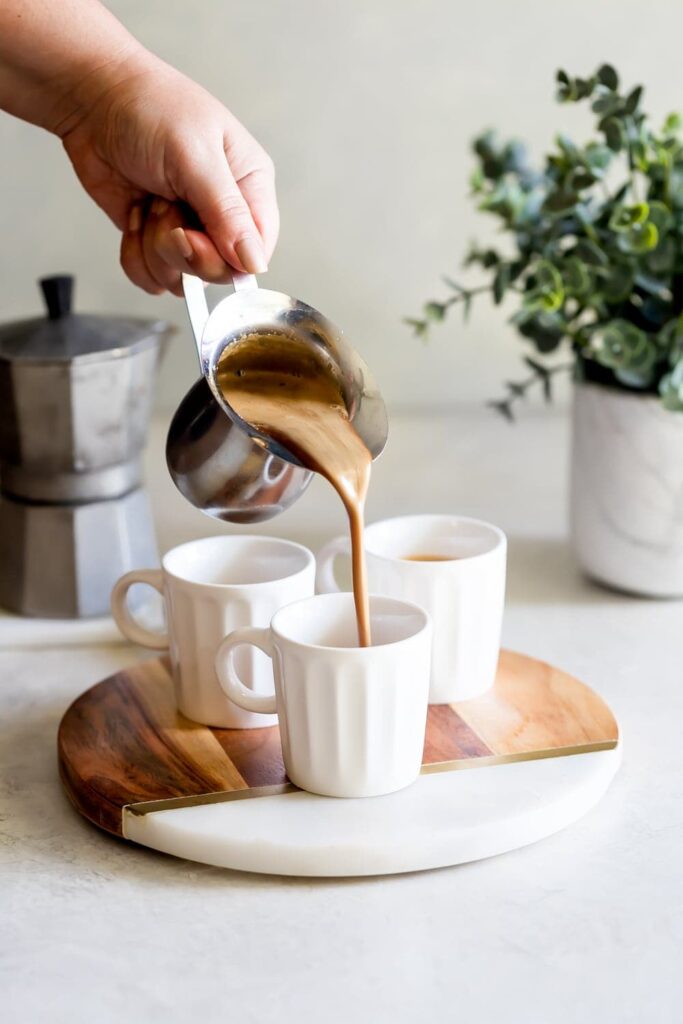
Mexico
Cafe del olla is literally coffee from the pot. It is prepared in a special clay vessel with a thick bottom, and its history is closely related to the history of Mexico. Las Soldaderas, women who helped fighters during the Mexican Revolution, prepared a sweet drink with chocolate, cloves and cinnamon to give men energy to fight.
Currently, coffee with piloncillo, a brown sugar popular in South America, as well as spices and chocolate, is served on special occasions rather than on a daily basis. Coarsely ground coffee beans are used to prepare it, simmered slowly, and then served in an earthen mug, often with a piece of cinnamon bark floating in it.
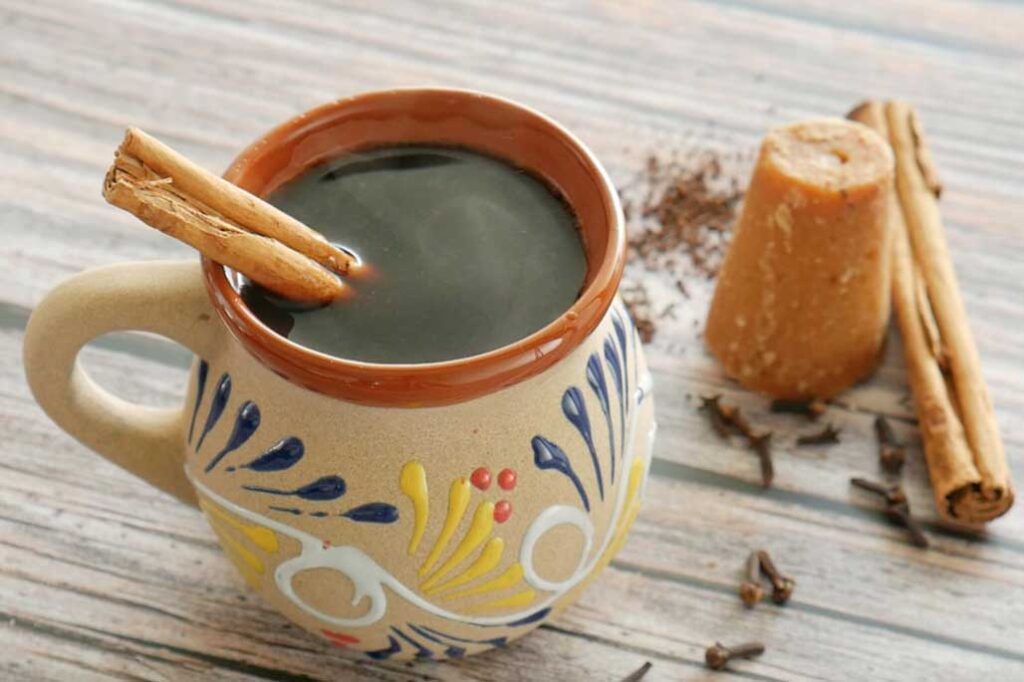
Bolivia
Street coffee to go is popular in virtually every country, but Bolivia stands out in this respect on the world map. The country famous for its high-quality beans is also popular among tourists thanks to a cooling drink – black coffee served in a plastic bag with a straw.
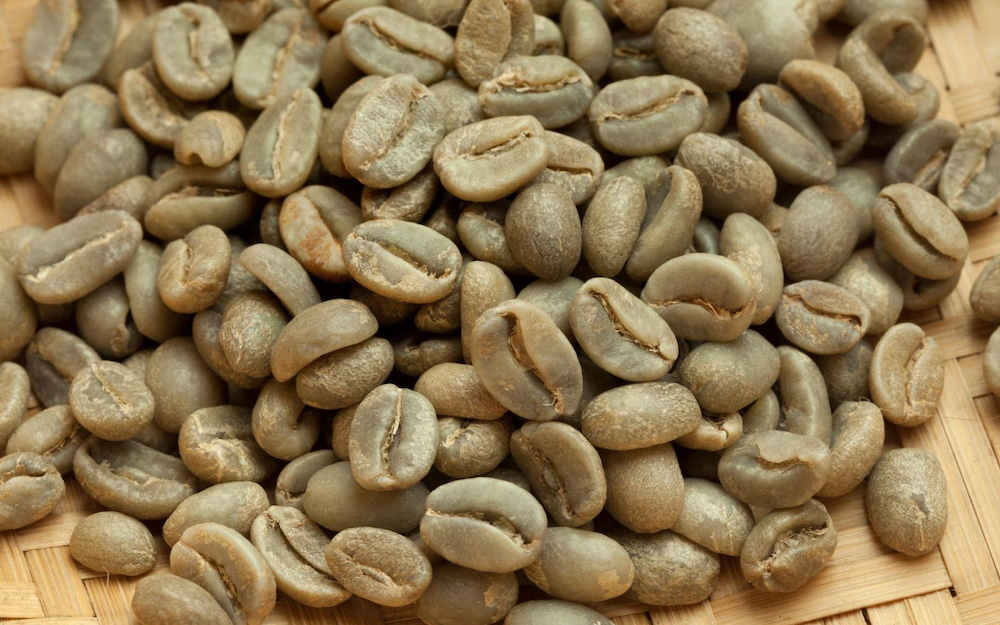
Vietnam
The most popular coffee there is the variation on the theme of cafe au lait. Fresh milk was a scarce commodity in the 19th century, so it was decided to solve this problem with condensed milk. After adding coffee and ice to it, a completely new type of coffee was created.
In the mid-twentieth century, the Glang Café began to combine a drink with a meal, and served coffee with raw egg yolk floating on top. The whole thing is sweetened with condensed milk, and sometimes also sprinkled with a little cheese and crushed nuts. In order for the drink to maintain its temperature, it is served in a mug placed in a bowl of hot water.
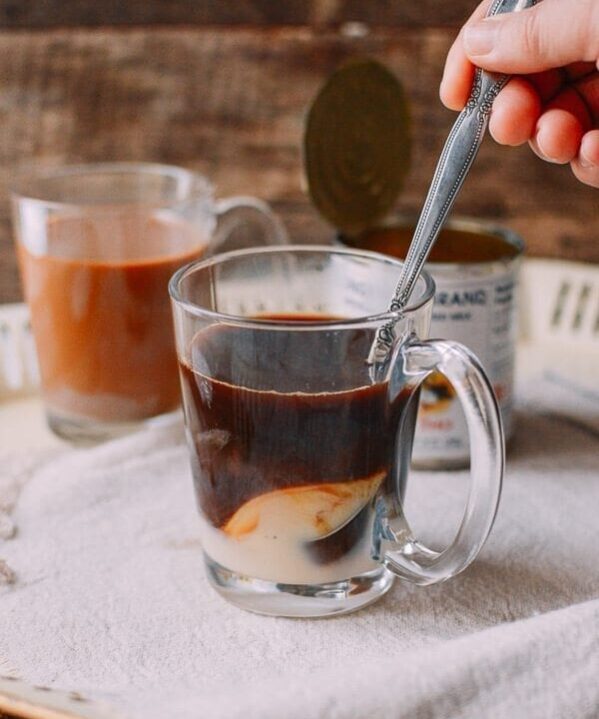
Indonesia
Kopi Tubruk is a type of thick and very sweet coffee, which is made after adding freshly ground coffee and a few teaspoons of sugar to the boiling water. In Indonesia, the tradition of drinking coffee dates back to the 17th century and is closely related to the daily ritual of its inhabitants. In cities, you can find many take-away coffee points, and in the countryside you can try a drink not only from coffee beans, but also from its leaves.
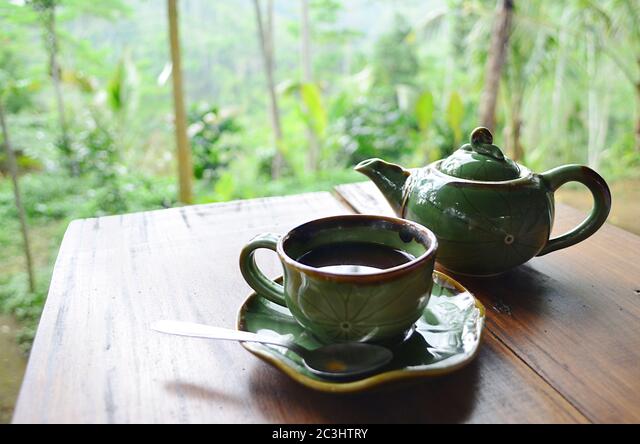
India
Originally roasted and finely ground coffee beans are mixed with unrefined palm sugar, added to water and heated until boiled. Finally, milk is poured into the coffee. The coffee prepared in this way is drunk several times a day. It is an addition to the main courses and snacks.
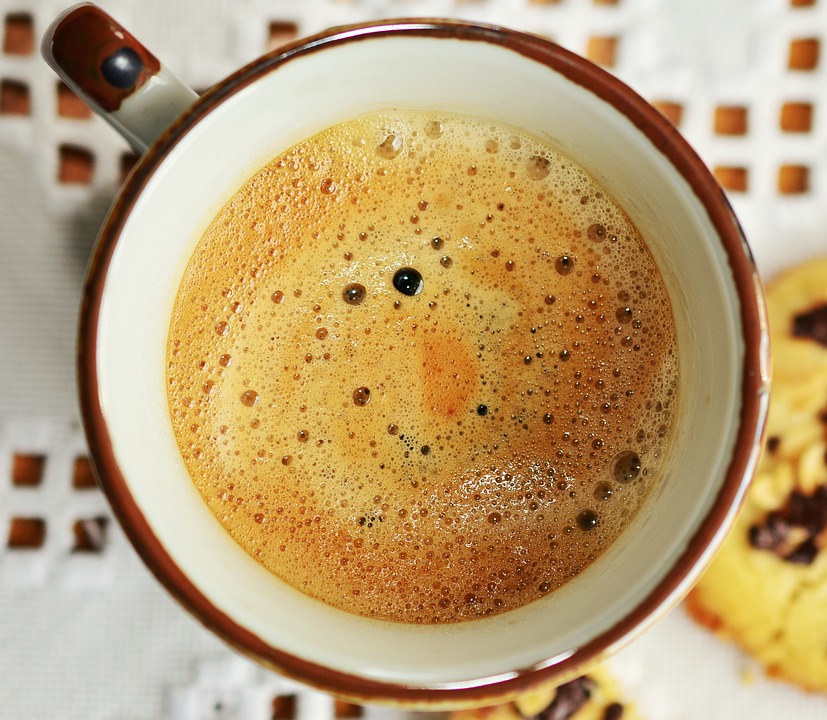
Japan
In Japan, canned Kan Kohi coffee is very popular. The Japanese love ready meals and quick solutions, so they don’t like waiting long for coffee either. They prefer to buy it in a can at the supermarket. The solution was first introduced in the 1960s by Mira Coffee, but only the giant UCC Ueshima Coffee Co. a few years later he won the hearts and palates of the Japanese. Currently, there are several dozen companies on the Japanese market producing canned coffee, both cold and hot. It is popular not only to drink such drinks, but also to collect their cans. Manufacturers compete in their creativity in the production of packaging for special occasions, such as holidays, automotive fairs or festivals for manga lovers.
Traditional coffee, on the other hand, is mainly imported from Jamaica. This is where Blue mountain comes from – coffee considered by many experts to be the best in the world. In addition, the Japanese drink coffees mainly from other parts of the world. Espresso, cappuccino, coffee with milk and iced coffee are popular there. However, what Japan is most famous for when it comes to the coffee world is a cosmetic treatment during which a person bathes in an infusion of coffee with the addition of pineapple juice. This treatment has a refreshing and nourishing effect and is as popular there as the sauna.

And what kind of coffee do you like?
